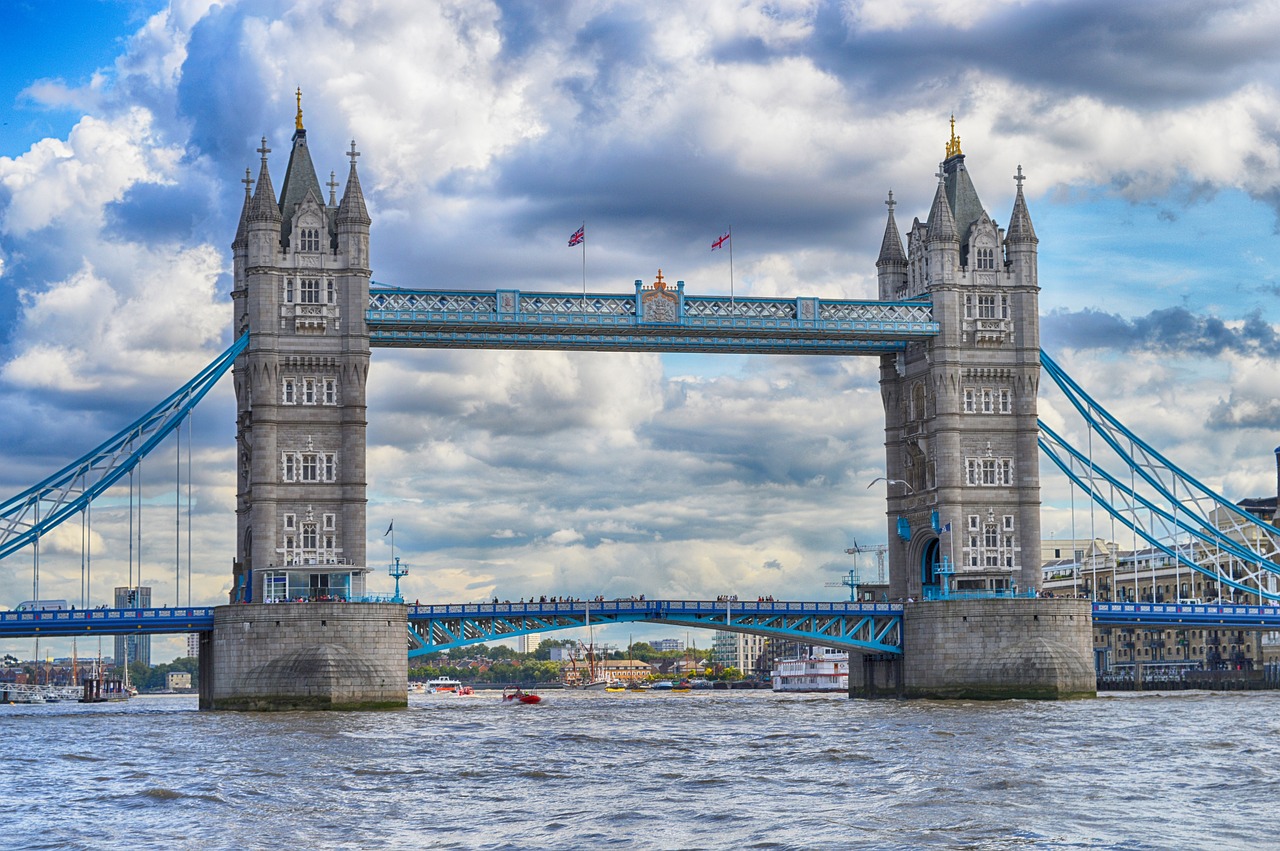Quick Bits:
Belfast is a city rich in history and culture, serving as the capital of Northern Ireland. It offers a captivating blend of Victorian architecture, vibrant arts, stunning natural surroundings, and a deep maritime heritage. From its iconic shipyards to its lively markets and beautiful landscapes, Belfast promises an unforgettable experience for all who visit.
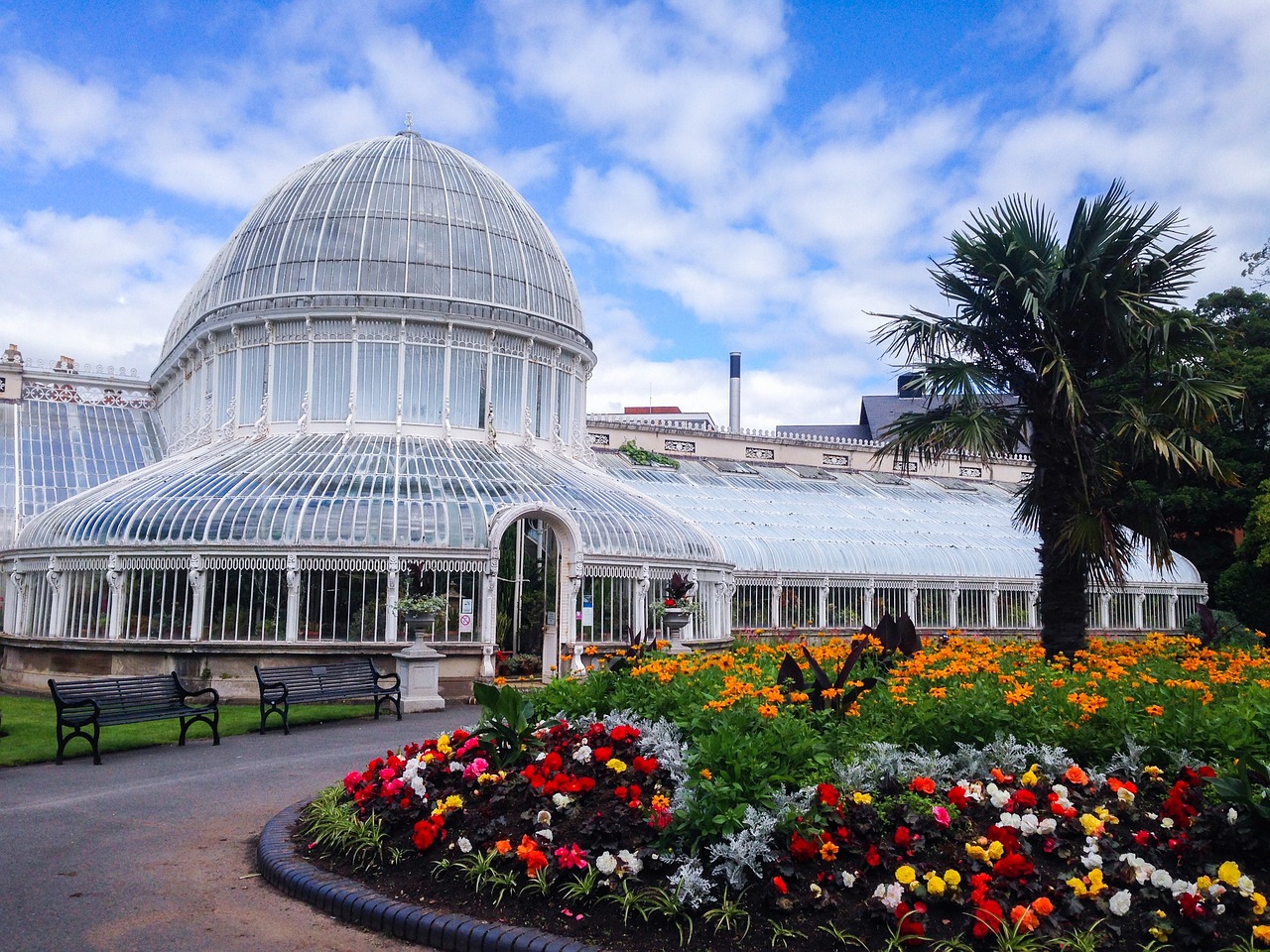
Key Highlights
- Birthplace of the Titanic
- Capital city of Northern Ireland
- Beautiful blend of Victorian, Edwardian, and modern architecture
- Rich culture with a growing arts scene
- Nearby scenic landscapes, including the Mourne Mountains and the Causeway Coast
General Information
Belfast stands as the heart of Northern Ireland, offering both historical depth and modern charm. It is a city marked by resilience and transformation. Once a bustling industrial powerhouse, Belfast is known worldwide for its shipbuilding, notably the birthplace of the Titanic. The city’s spirit has moved forward from the challenges of its past into an era of peace and growth.
The city is compact and easily walkable, with an array of attractions that cater to different interests. Whether you’re an avid history buff, nature lover, foodie, or art enthusiast, Belfast has something to capture your curiosity. The neighborhoods are diverse and vibrant, with each offering a unique feel—ranging from the historic Cathedral Quarter to the colorful Gaeltacht Quarter, celebrating Irish culture.
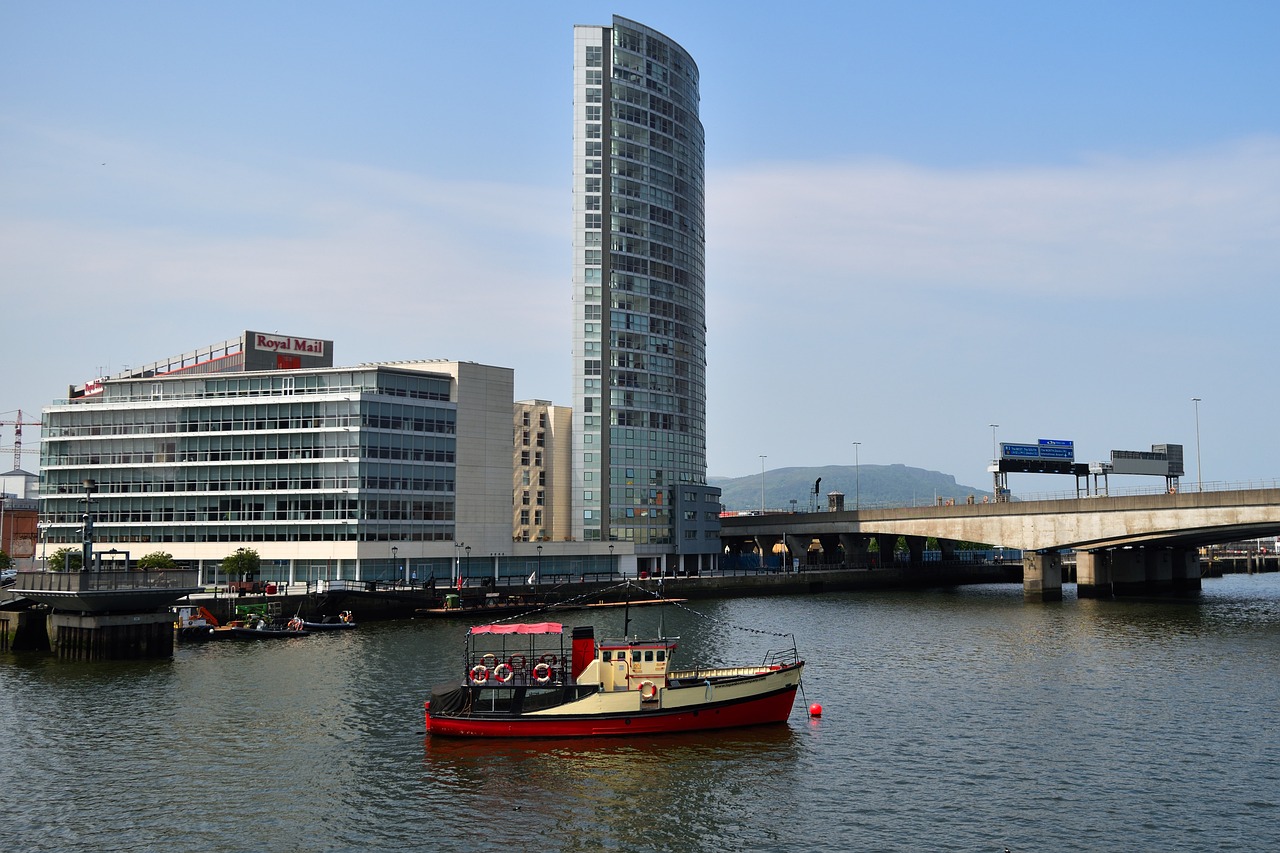
Geography Information
Belfast sits at the mouth of the River Lagan, nestled in a natural amphitheater formed by the Belfast Hills. The city lies in Northern Ireland’s northeastern region and is surrounded by lush landscapes and waterways. The Lagan River runs through the city, leading to Belfast Lough—a large, beautiful natural harbor that opens into the Irish Sea.
The surrounding hills, including Divis and Black Mountain, provide a stunning backdrop to the cityscape and offer spectacular views. The Mourne Mountains lie to the south and are accessible for those seeking to escape into nature. The strategic position by the coast and nearby mountains makes Belfast an excellent base for travelers keen on exploring Northern Ireland’s diverse geography.
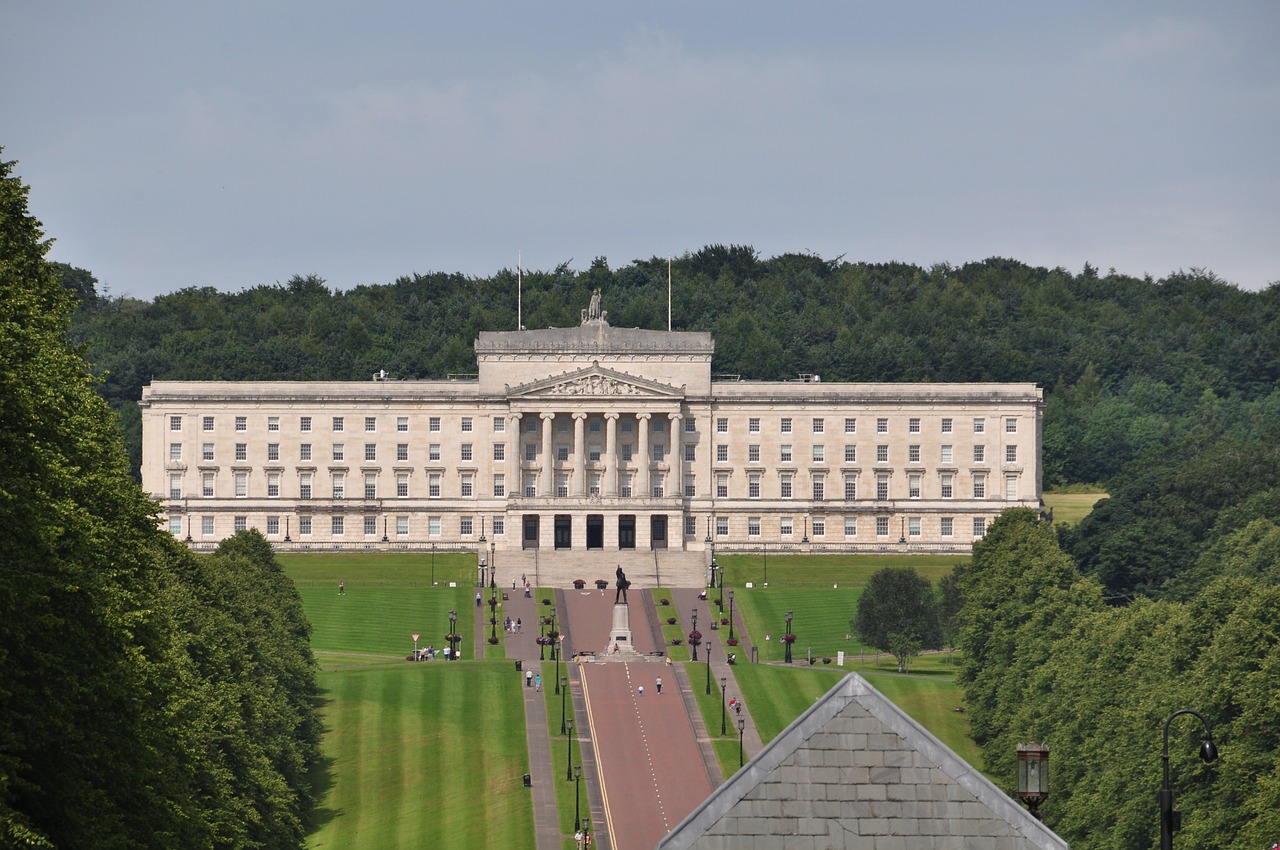
Places to Visit
- Titanic Belfast: The Titanic Experience takes you through the story of the ill-fated ship, built here in the city’s shipyards. It’s an interactive and immersive museum that sheds light on Belfast’s maritime history.
- St. George’s Market: One of the oldest attractions in the city, St. George’s Market offers everything from fresh local produce to artisan crafts and live music—a true glimpse into the local culture.
- Belfast City Hall: A beautiful building made of Portland stone, located in Donegall Square, City Hall stands as a symbol of Belfast’s historical pride. You can take a free tour to explore its architecture and lush surrounding gardens.
- Crumlin Road Gaol: A nineteenth-century prison that operated for 150 years. Now it offers guided tours to show visitors its dark history and share the stories of its past inmates.
- Botanic Gardens: Located in the Queen’s Quarter, the Botanic Gardens are a peaceful spot with glasshouses that showcase tropical plants and flowers. The nearby Ulster Museum, within the gardens, is an added bonus.
- Peace Walls and Murals: Belfast is known for its street art, and the Peace Walls—constructed during the Troubles—feature murals depicting moments from the city’s turbulent history. A guided tour can give more context to these poignant displays.
- The Crown Liquor Saloon: This ornate pub is a Belfast institution. Managed by the National Trust, it is an iconic spot to enjoy traditional Irish hospitality while admiring Victorian architectural detail.
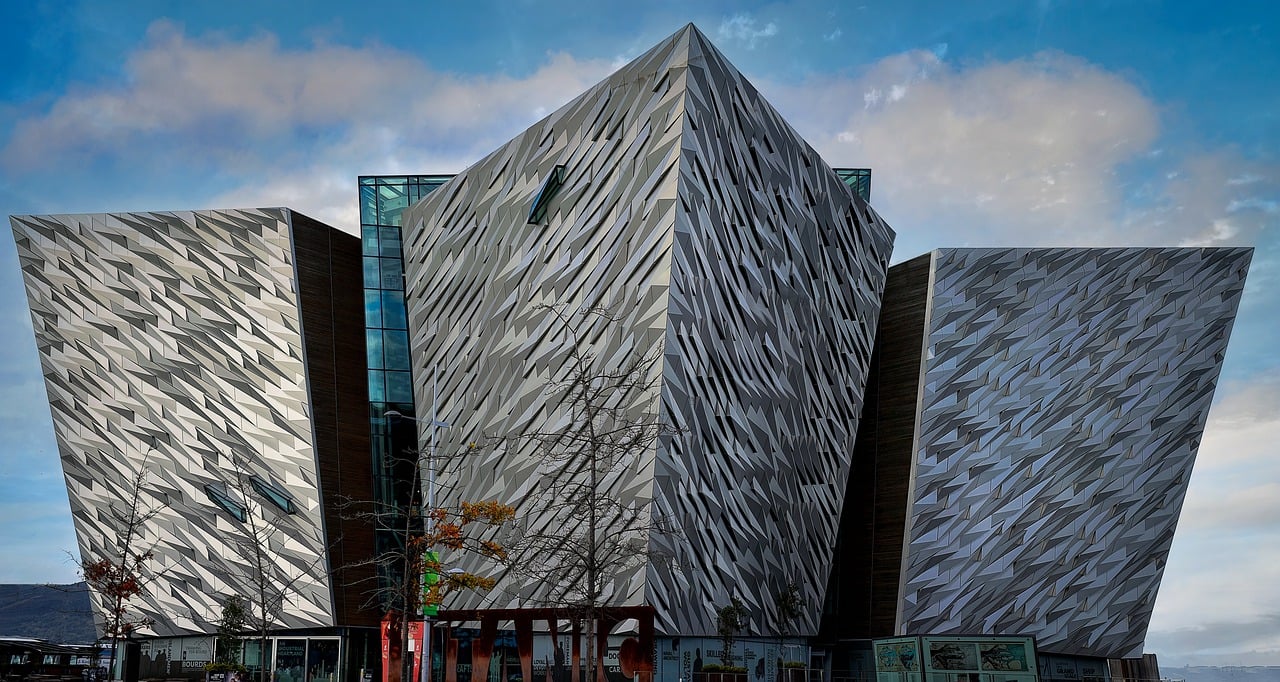
Yearly Climate
Belfast has a mild, temperate maritime climate. Winters tend to be cool but not extremely cold, with average temperatures ranging from 4°C to 8°C (39°F to 46°F). Frost is rare, and snowfall is infrequent, though light flurries may occur in the winter months.
Summers are generally mild, with temperatures typically reaching 15°C to 20°C (59°F to 68°F). Rain is spread evenly throughout the year, making an umbrella a good companion regardless of when you visit. Belfast gets about 950mm of rainfall annually, which supports the lush green landscapes surrounding the city.
Best Time of Year to Visit
The best time to visit Belfast is between April and October. During this period, the weather is warmer and days are longer, allowing for more outdoor exploration. April and May are especially beautiful, with blooming flowers and bright green landscapes. June through August brings festivals and bustling street life, making these months ideal if you want to experience the vibrant atmosphere of the city.
If you prefer a quieter visit, September and October offer moderate weather, fewer tourists, and the chance to see Northern Ireland bathed in autumn colors. Keep in mind that even during summer, rain is common. Be sure to pack accordingly.
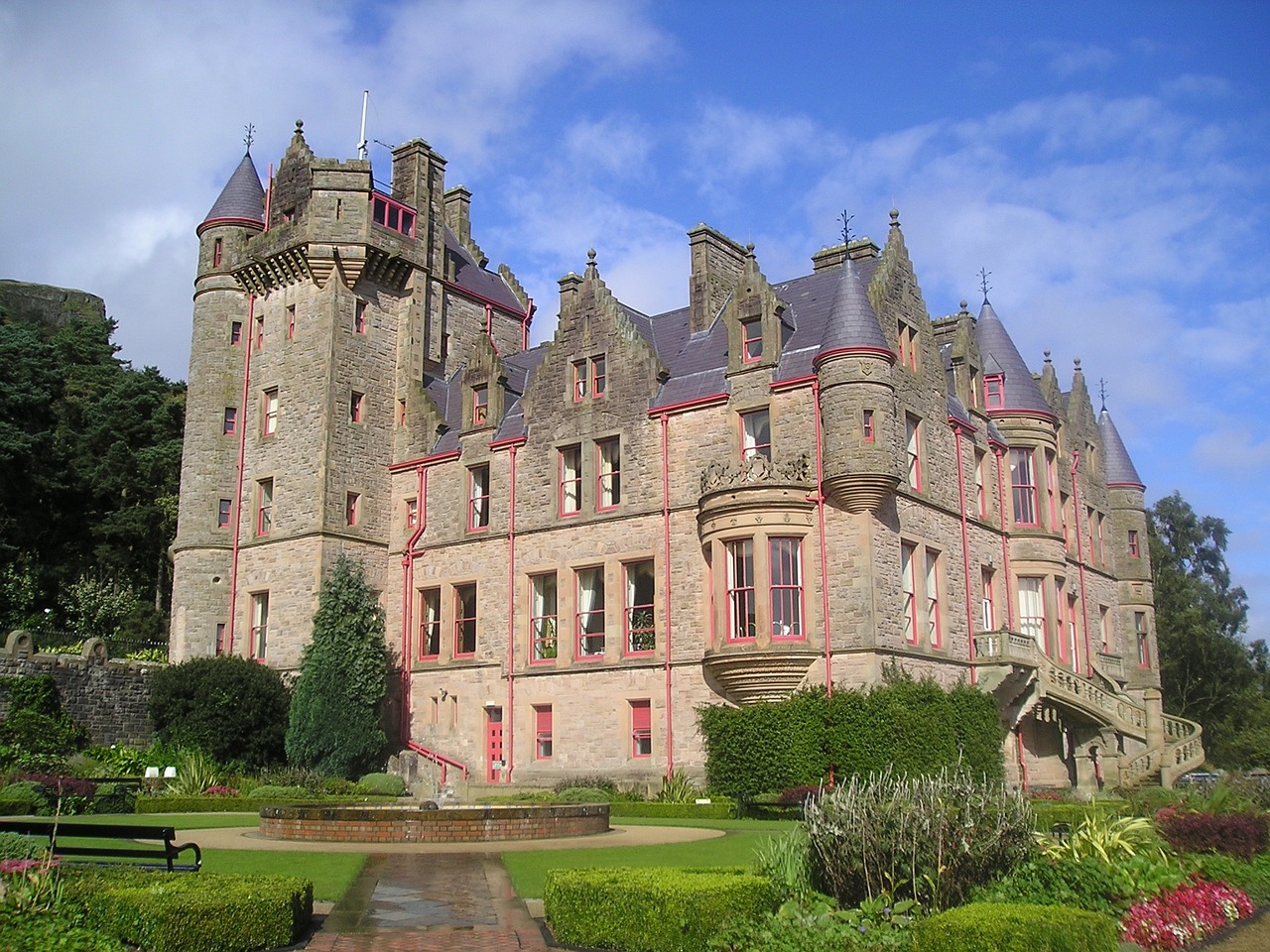
In Summary…
Belfast, the capital of Northern Ireland, is a city that is deeply connected to both history and nature. The city is known for its industrial roots and artistic resurgence, offering visitors a unique mix of experiences. From the Titanic Belfast museum to its colorful murals, the city is full of stories waiting to be discovered. Nestled amidst hills and by the Lagan River, the city has both the vibrancy of an urban landscape and the tranquility of nearby natural beauty. The best time to visit Belfast is from April to October, with summer bringing the most festive atmosphere. There’s no doubt Belfast stands as a testament to resilience, creativity, and rich culture—an ideal destination for any traveler.

